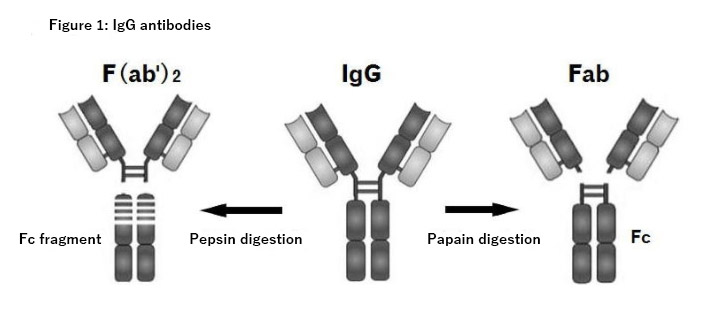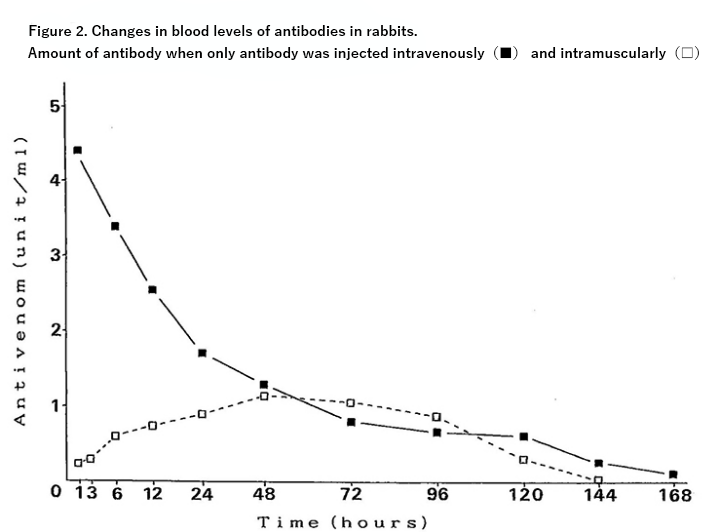Venomous snakes
Venomous snakebite
In Japan, venomous snake bites are caused by habu species (habu, himehabu, sakishimahabu, and tokara-habu) and Japanese pit vipers, but the most serious and damaging are caused by the largest habu and Japanese pit vipers. Nowadays, bites from the imported Formosan habu and the Japanese macaque, which were once thought to be non-toxic, are also a problem. In addition, the Tsushima pit viper bite on Tsushima Island in Nagasaki Prefecture, which was considered a different species from the Japanese pit viper, was added in 2006. Antivenom is an inseparable part of the treatment of venomous snake bites, and the change in treatment is also a change in the use of antitoxin, but another inseparable part is cepharanthine. Figure 1 Figure 2
Serum therapy is the mainstay of treatment for highly toxic viper bites, but the time and method of administration are critical. In addition, since the venom composition differs among snakes, the site of injection and the amount of venom can cause different pathologies, and many viper bites cause bleeding tendency and acute renal failure.


reference data
Kobayashi Teruyuki “Viper” Bunshun Bunko 2000
Hifumi T, Sakai A, Kondo Y, et al: Venomous snake bites: clinical diagnosis and treatment. J Intensive Care 3:16, 2015, DOI 10.1186/s40560-015-0081-8